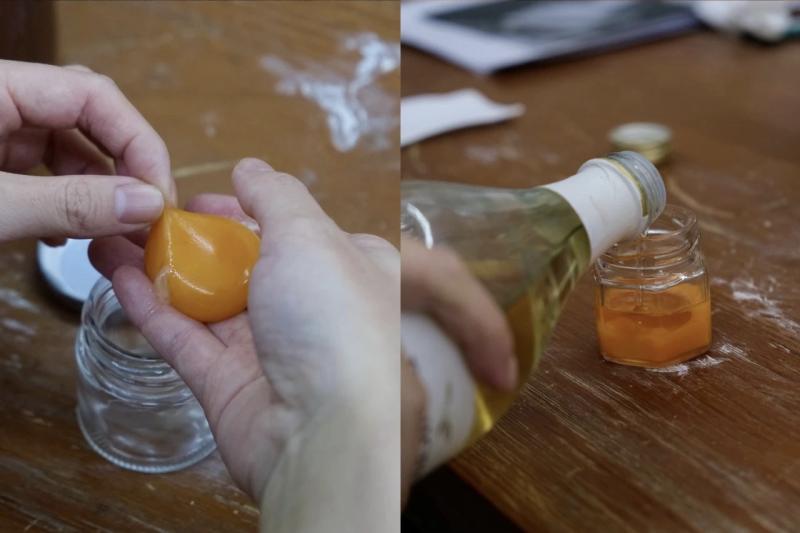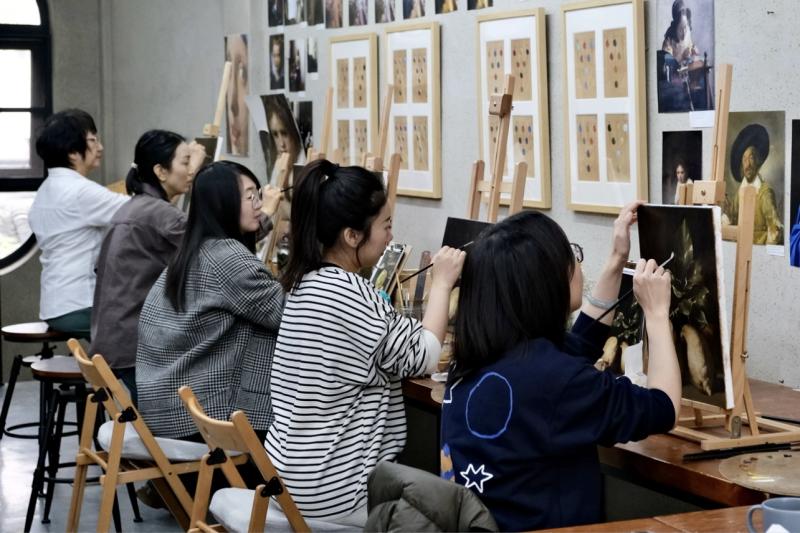2025 Academic Year Short Course Review 「Alchemy of Colour: Methods & Materials」


From Nov 25 to Dec 13 of 2024, 「Alchemy of Colour: Methods and Materials」was be delivered by Dr. David Cranswick (KFSTA) in Yuan Center, Suzhou.
The Making of Western Traditional Pigments
Nature is the natural apothecary of the arts. All traditional pigments and their mediums originate from nature; the processes of their extraction from rocks and plants and their transformation into painting expresses an alchemical wisdom lying within the heart of craft tradition.
Colour theory and exercises in colour are also explored in order to understand their context in painting.
Students have learned the traditional process of extracting raw materials from natural sources such as earth, rocks, roots and berries and converting them into pure pigments. The process of preparing these natural materials is regarded as an essential part of the painting.
The students have experienced an exciting journey into how traditional western colours are made, with Dr. David Cranswick leading the way through the exploration of materials and tools, minerals and their underlying cosmology, in order to understand their history and meaning in the context of creation, while emphasising the importance of craftsmanship.
By themselves, students have extracted pigments from minerals and plants, transforming them into paint.
The Egg Tempera Technique of 13-15 Century Europe
Tempera is an ancient technique with a history of more than five thousand years and was the main technique of early Renaissance. The course begins with an introduction to the history of Tempera techniques and their materials, while emphasising the spiritual meaning of creation, craftsmanship and materials and their relationship to each other.
Every student has made a traditional gesso panel and selected a Renaissance masterpiece as a template to imitate.
During the whole painting process, students learned many painting techniques, such as using different colours in special proportions as a base, the method of using brushes, the relationship between light and shade, glazing techniques, chiaroscuro and the knowledge of cold and warm colours.
Classical Oil Painting Techniques of the 16th-17th Centuries
Renaissance painting includes several specific steps in constructing the painting: after the preparation of the base layer, the tonal relationship are first established in order to prepare a tonal expression of the subject in monochrome. Over this, colours are then applied in layers, forming a dynamic relationship with the tones beneath. It's the key to chiaroscuro: brightness and the darkness appears from the layered color, so as to achieve the richness of brightness and the depth of the shadow.
In the third week of the course, Dr. David Cranswick introduced oil painting techniques, including some special formulations for mixing pigments and glazes, as well as the processes through which they are applied. Throughout the week Dr.Cranswick gave demonstrations on the mixing of colour, glazing techniques and painting techniques.
For the students, this was their first time to try this classical art and have hands-on practice. They were amazed by the new experience.
